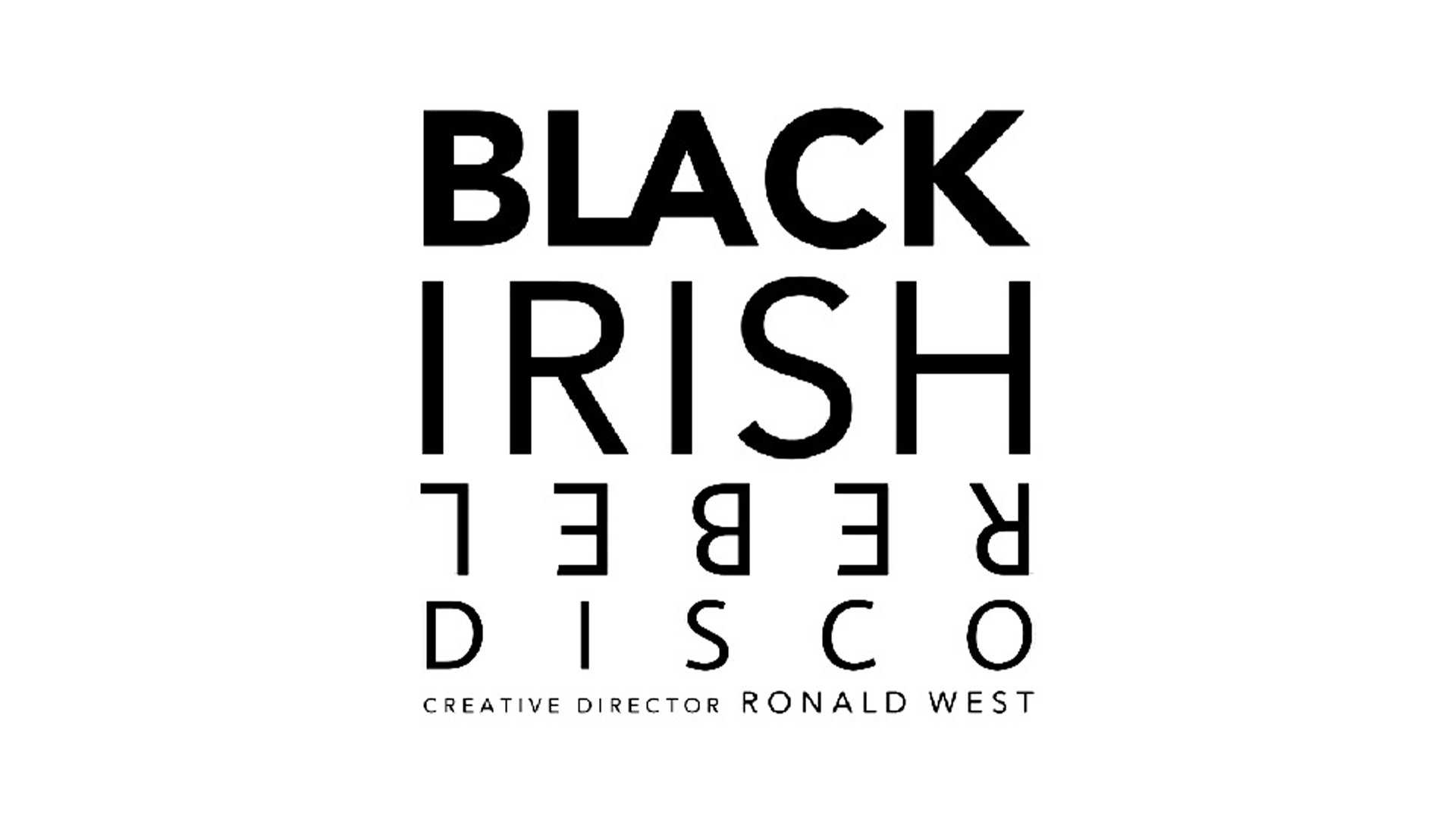
INDYweek: Black Irish Baile’s Ronald West Uses the Body to Light Up the Brain
Source: INDYweek: Black Irish Baile’s Ronald West Uses the Body to Light Up the Brain | Black Irish’s līv ˈtiSHo͞o at the Cary Arts Center
By Byron Woods
June, 25 2019 – Raleigh, NC
Natalie Morton is struggling to find the right words.
“It’s like lightning mixed with butter: so fast, direct, and so, so rich,” she says with a sudden flash of insight.
“No. More like the Rooster and the Pearl,” Sarah Putterman counters, name-checking mixologist Marshall Davis’s signature cocktail at the Raleigh mezcaleria Gallo Pelón. “Everything spicy, peppery, and smoky, with a little sweetness to it.”
Morton is a principal dancer in Black Irish Baile; Putterman is the associate director. Both are straining to describe the choreography of its founder, Raleigh dance maker Ronald West, over drinks after a load-in at Cary Arts Center for his new evening-length work, which premieres there Sunday.
Their struggle is understandable. West’s unlikely background in architecture and design as well as contemporary, club, and street dance make the enigmatic choreographer’s work funky, meticulous, and broad-ranging, and his passion for social justice regularly manifests in his work. But his new evening-length dance, Live Tissue, adds autobiographical experience with neurodiversity to the mix, examining how the workings of our brains influence our relationships and social behaviors.
If you think all that is hard to dance at once, you’re right. Morton and Putterman both recall their initial bewilderment at choreography so complex that, despite their years of professional training, it frustrated their early attempts to analyze and embody it.
“My initial response was, ‘What the fuck was that?’ Nobody moves like him,” Morton recalls. “I’d never had that experience with anyone.”
“When I saw new choreography in a rehearsal, I’d know how to do it immediately,” Putterman says. “But this was so foreign to me. I needed to see it multiple times just to begin to translate it.” Both felt liberated by the impossibility of perfection in the first (or sometimes, twentieth) iteration.
West seeds his unique fusion of hip-hop, contemporary dance, costume design, and high-tech staging with clues about what’s on his mind; some are subliminal, others are in your face. Spoken-word, sound, and musical backgrounds can reframe apparent puppet-master relationships into a depiction of people being manipulated by their own fears.
A mid-show sequence set to an eerie, dissonant DJ Shadow/Harry Styles mashup probes interior emotional conflicts as well as interpersonal ones. West swoops over evasive dancer Josie Kolbeck before unleashing a shocking, high-velocity side kick, out of the blue, at her head, before Kolbeck definitively turns the tables, moments later.
It’s easy to miss an equally unsettling moment in the brief interruptions of a glitzy ensemble hip-hop sequence. In a split-second gesture of panic and retreat that blocks out the world, the performers wrap their hands around the back of their heads and pull their elbows together, and then immediately revert to smiles and jazz hands.
The moment suggests coping mechanisms that West has experienced himself.
“When I was twenty-seven, I had a seizure that lasted probably fifteen minutes,” says West, who is now thirty-three. The epileptic episode erased entire sections from more than a decade of his life. “I forgot relationships, people, and first-time experiences.” Though West was unable to actively remember choreography he’d learned for Raleigh’s Black Box Dance Theatre, the show’s music triggered muscle memories of the movement, and he reconstructed it.
“I’m interested in what the brain and body know without acknowledging it, what the brain is capable of, and what live tissue has the capacity to be,” West says. In his new work, the ensemble is “one brain, collectively, and we are analyzing how a brain may look through movement, light, and tech.”
If each artist is a synapse in this onstage mind, West reflects that we all have a similar function and potential in society.
“We’re all of the same tissue: connective tissue, not alone in any way,” he says. “If we’re able to empathize and see ourselves in other people, that could make the world a lot more forgiving and understanding.”
